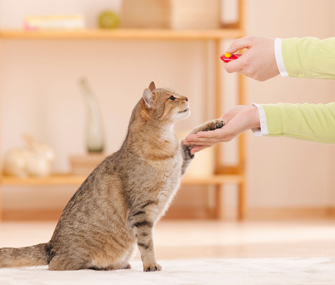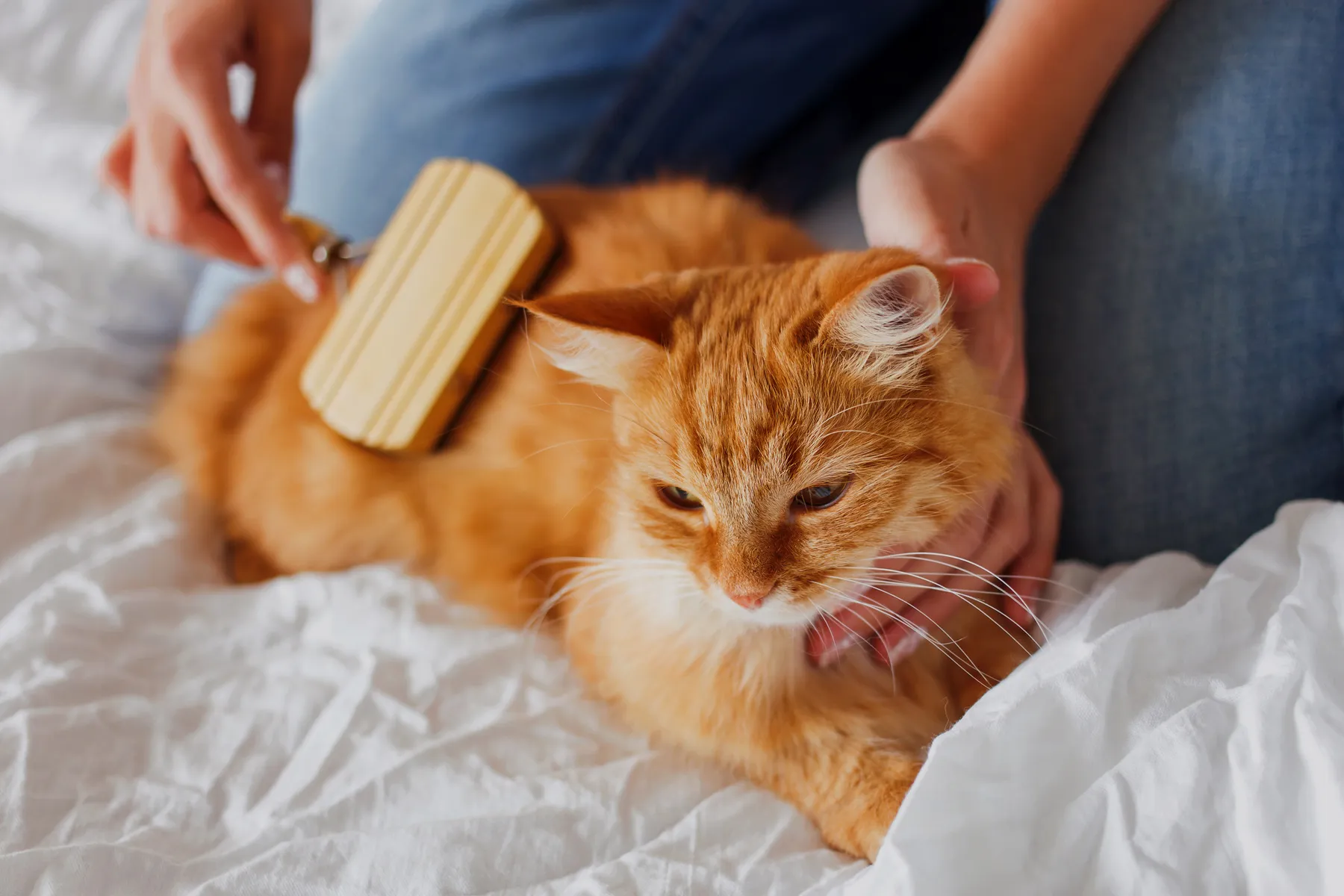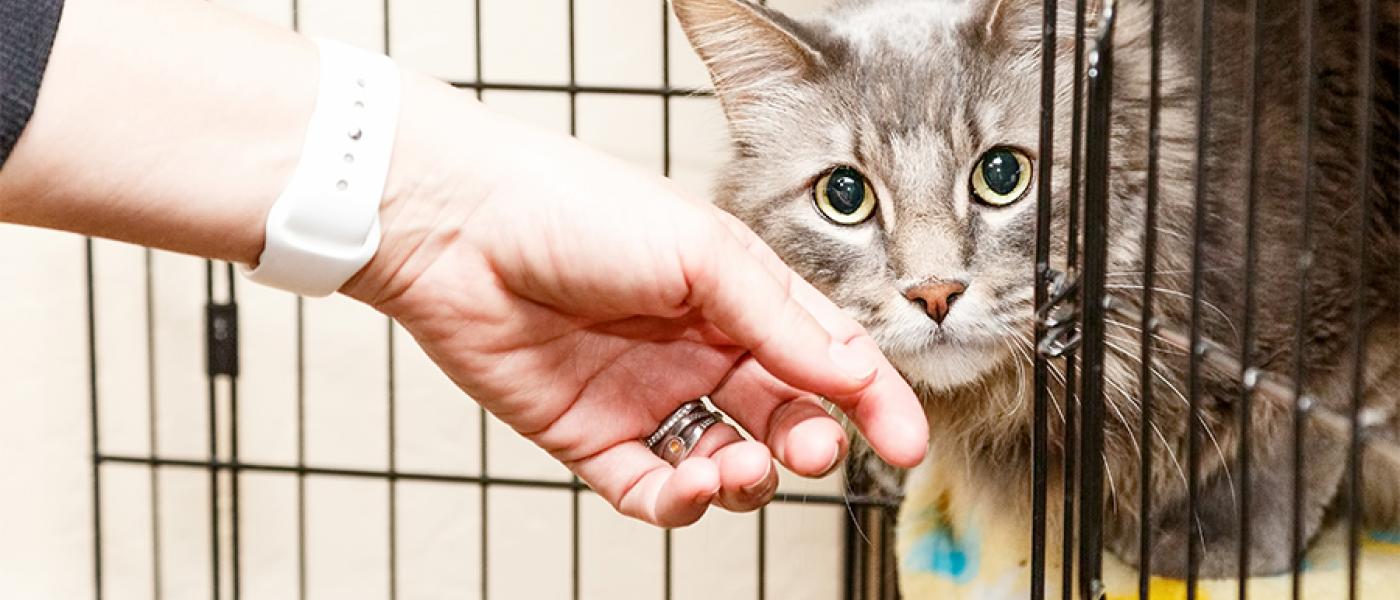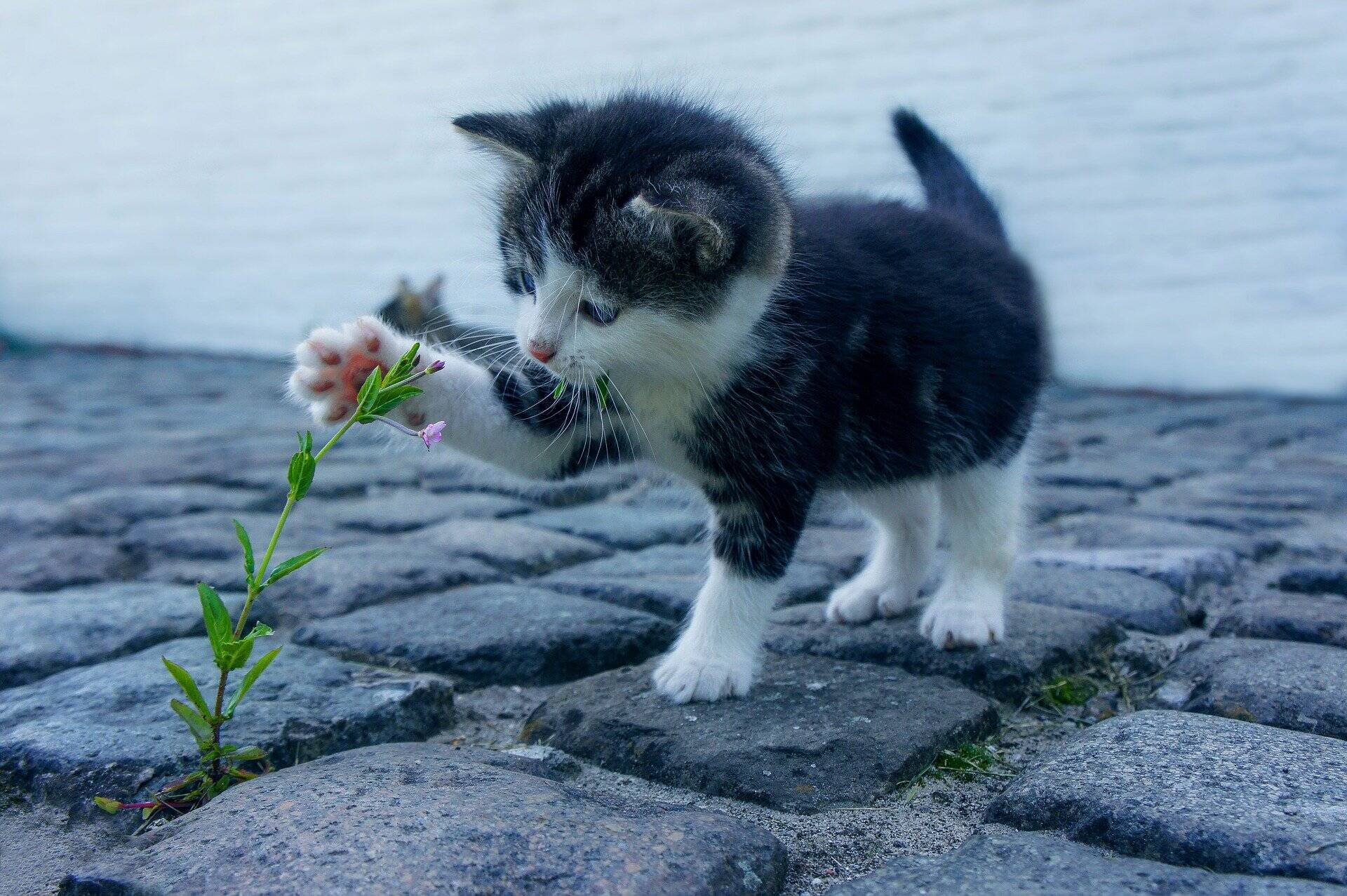
A general assumption that people have about kittens is that they are untrainable. However, if you are planning to bring a kitten into your household for the first time, you need to understand that this assumption is wrong.
Cats are highly intelligent beings, and they can be trained. In fact, it’s a lot like raising children. When you give them proper training and care while they’re young, they grow up to be well-adjusted and healthy adults. So, if you have brought a kitten home for the first time, here are eight tips that will help you train the cute little furball.
Teaching Your Kitten to Sit On Command
Training your kitten can start by teaching a simple behavior like sitting on command. Right after you ask your kitten to sit, you can use a clicker or voice commands like ‘yes’ and ‘good job’ the moment his or her bottom hits the ground.
As soon as your kitten sits, bring out a reward, like treats or canned cat food. If your kitten tries to stand up on their hind feet to get the reward, move the treat away to show that he or she needs to sit, as you commanded, in order to receive the reward.
Training Your Kitten to Use the Bed and the Crate
Even the most comfortable cat beds will be useless unless you can train your kitten to use it. The same thing applies to crates, as you’ll have a lot of trouble traveling with a cat that does not want to be in a crate.
So, be it the bed or the crate, you can start by using food as encouragement. Place your kitten’s meal on the cat bed or inside the crate. Let the kitten freely use this space so that your pet learns to enjoy it.
Developing Socialization Skills
Kittens have their prime socialization period between 2-7 weeks of age. If you don’t let your kitten socialize with other kittens, animals, or people, you’re just raising a cat who is going to get nervous with the slightest change in the environment.
So, invite people over to the house, let them meet your little bundle of joy, use a leash, and take your kitten to the farmer’s market or pet store, if pets are allowed. Fill each of these experiences with toys and treats so your pet learns to love socializing.
Teaching Safe Playing Techniques
Kittens have a lot of energy, and playing with them is a great way for you to bond with your pet and also let them expend energy in a positive way. However, you shouldn’t ever allow rough play with your kitten. Your kitten needs to know that it’s never okay to use their claws and teeth on your skin. Use toys to play with your kitchen to teach them appropriate play behavior. Get a ball, catnip, or even just feathers on a stick, and show your kitten to only play rough with those items.
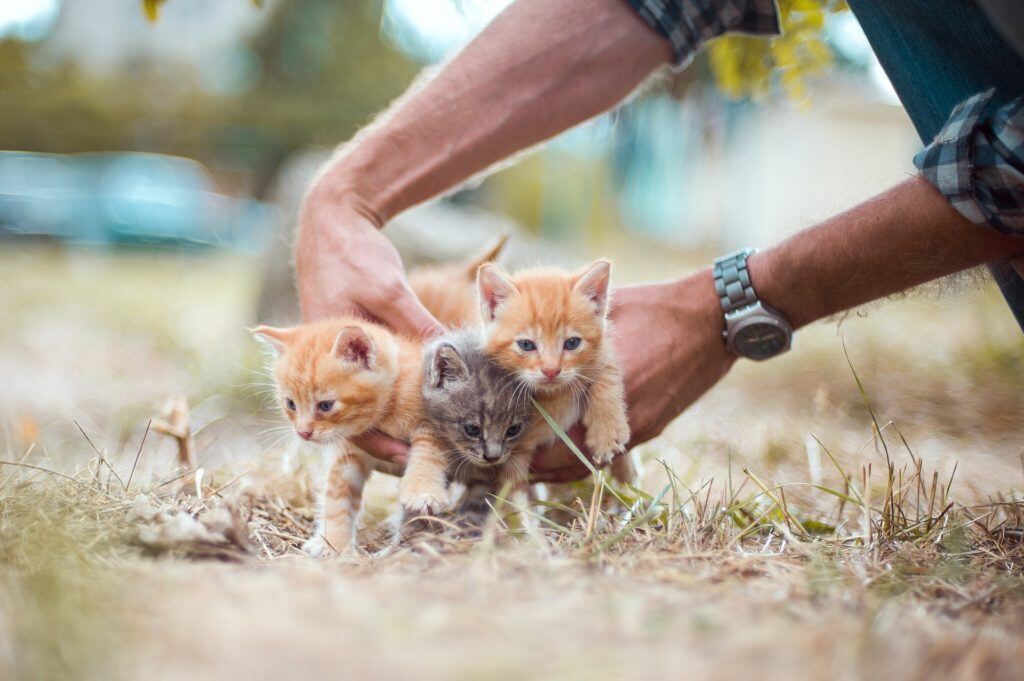
Handling Your Kitten
Your kitten will not always be held in the positions that he or she likes. For instance, you will have to take your kitten to the vet’s office, or maybe your kitten will have children trying to pick him or her up. Hold your kitten in different ways so that he or she gets used to being picked up and handled. Get your kitten used to being touched on their sides, back and legs.
Touch your kitten’s other body parts, like ears and feet, and even gums and teeth. Being used to getting handled in different ways as a kitten will make it easier to clean your kitten’s ears or brush their teeth as they grow up.
Litter Train Your Kitten
Litter training your kitten is as simple as placing your kitten inside the litter box to show them where it is. Kittens instinctively like to potty in the litter box. However, if you are finding it difficult to litter train your kitten, just sit and hold your cat in the litter box for a few minutes at a time while reassuring them and offering treats.
Let your kitten paw the litter and get accustomed to the new environment. You’re simply trying to trigger your kittens instincts to scrape up and cover their feces after doing their business.
Proper Feeding Etiquette
You may already be aware that many of the common foods that humans eat are unsuitable for kittens such as raisins, grapes, chocolate, garlic, and onions. But, that isn’t the only reason you shouldn’t feed a kitten from the dinner table.
Feeding your kitten from the dinner table will make your kitty come clambering around each time you sit down to eat. It isn’t a healthy eating habit or a positive behavior because your kitten should only be fed food specifically made for cats and only during mealtimes at appropriate intervals.

Training a Kitten to Recognize Their name
It’s a great thing to have a kitten that comes to you when called, but training your kitten to learn their name will take some time and effort. Make sure you use your kitten’s name every time you call him or her because you wouldn’t want your cat to come running when you say something like, ‘Kitty is so cute.’ After saying your kitty’s name, use the clicker and a treat to reward him or her.
So, that’s it! Now you have all the basic tips and tricks you need to train your little bundle of joy. Start implementing these tricks without further ado.


